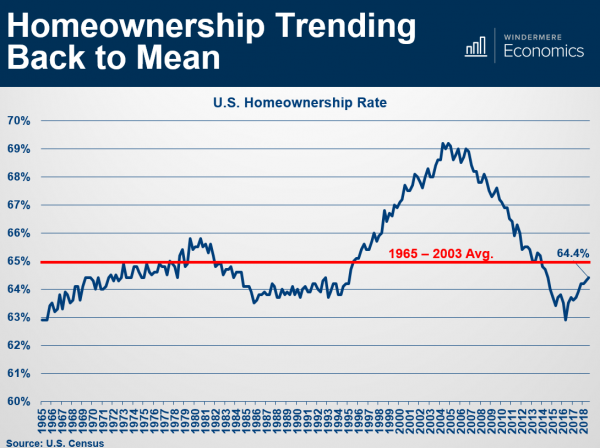Colorado Bound
The 2020 Census confirms what we already know – Colorado is popular!
It turns out that many people have been Colorado-bound over the last 10 years.
Our state has grown by the equivalent of one Mile High Stadium’s-worth of people each year over the last 10 years.
Here are the numbers:
- 2020 population is 5.77 million
- 10-year population increase is 744,000
- 10-year percentage increase is 14.8%
- Colorado ranks 21st among all states for population
- Only 5 states had a larger percentage increase over the last 10 years (Idaho, North Dakota, Nevada, Texas & Utah)
Only 8 states had a larger increase in population over the last 10 years (Arizona, California, Florida, Georgia, New York, North Carolina, Texas & Washington
The post Colorado Bound appeared first on Fort Collins Real Estate | Fort Collins Homes for Sale & Property Search.




